Chicago is one of the few U.S. cities with two MLB clubs, the National League Chicago Cubs and the American League Chicago White Sox. Due to the city’s history, culture, and baseball passion, it has two teams.
The Cubs and White Sox reflect separate leagues and geographic and socioeconomic differences in Chicago. The North Side supports the Cubs, and the South Side supports the White Sox. This has created heated rivalries and made Chicago a baseball center. One must study its history, economy, and sports culture to understand why Chicago supports two MLB clubs. Read this article to find out why does Chicago have two MLB teams!
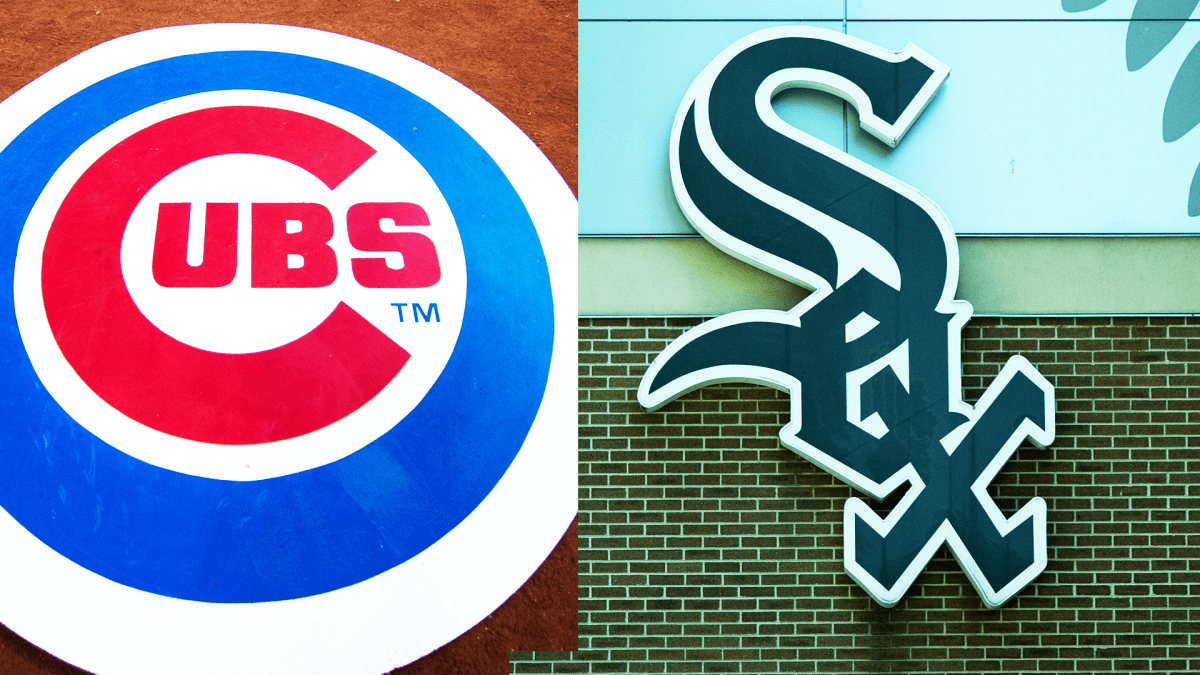
Historical Context
Baseball’s Early Expansion
Baseball became America’s top pastime in the late 19th and early 20th centuries. Professional baseball began with the 1876 National League. By 1901, the newly established American League competed with the NL for players, fans, and markets, generating a rivalry that helped baseball expand in popularity across the US and abroad.
Emergence of the Chicago Cubs
Chicago quickly became an important part of baseball’s growth. The Chicago Cubs, founded in 1876 as the Chicago White Stockings, were a National League pioneer. After its early NL success, Chicago became notably popular for baseball. Moreover, Chicago is home to Wrigley Field, one of the most famous MLB stadiums. It symbolizes North Side Cubs fans’ loyalty and heritage.
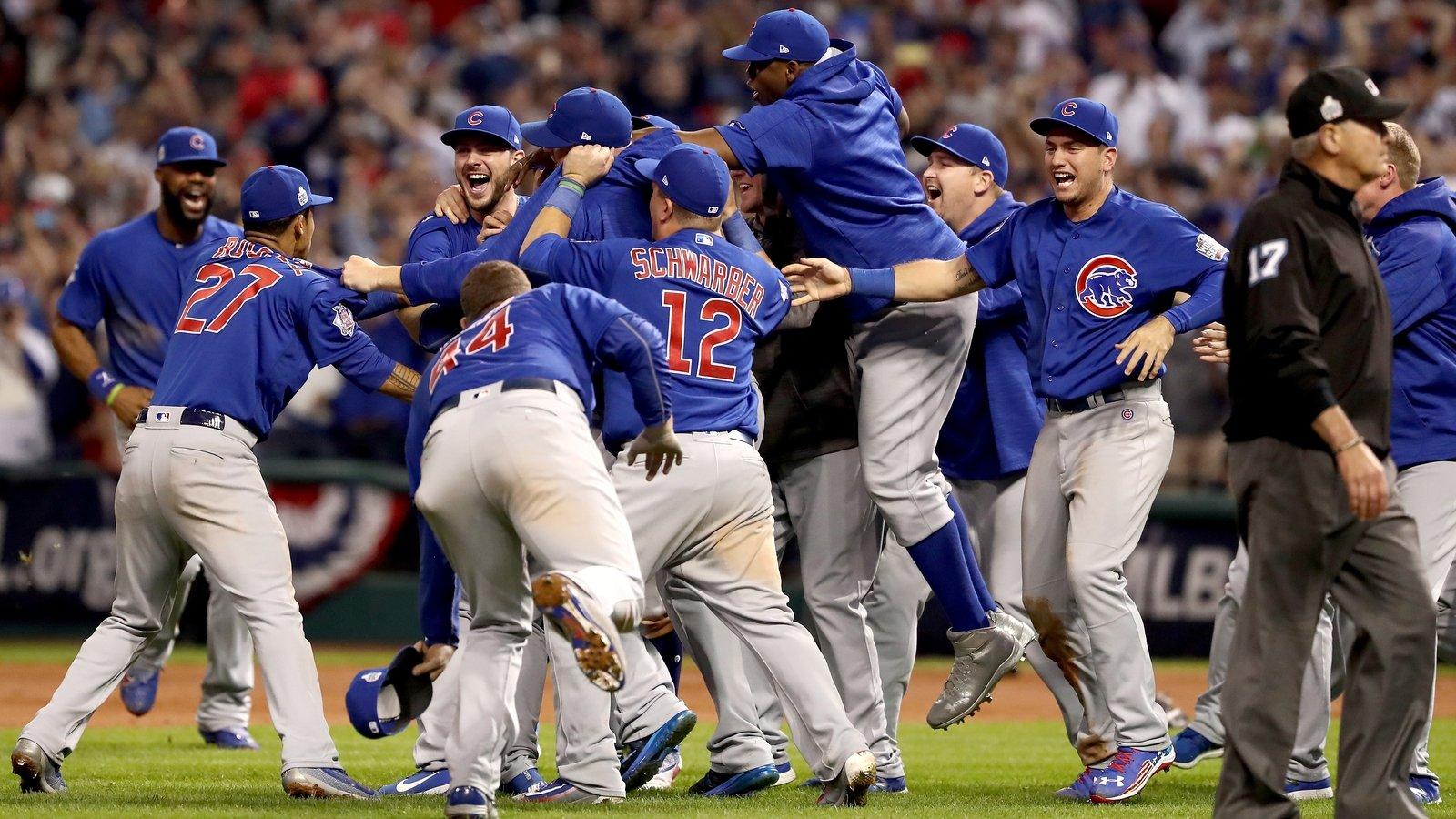
Founding of the Chicago White Sox
The American League’s founding member, the Chicago White Sox, was founded in 1901. The White Sox originally called the White Stockings after the Cubs, became a South Side icon. The league split, and fan cultures fostered their early rivalry with the Cubs. White Sox devotion remains centered at Guaranteed Rate Field, their contemporary home.
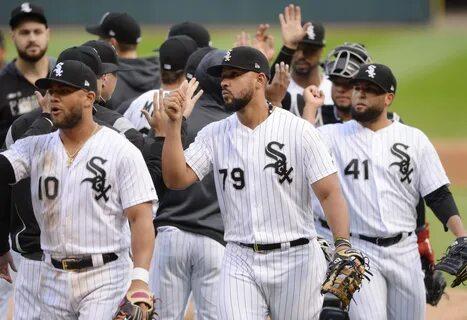
Why Chicago Can Support Two MLB Teams
Chicago’s history, geography, and love for sports and people allow it to sustain two Major League Baseball clubs.
Chicago’s Population and Economic Strength
By the early 20th century, Chicago had become one of the nation’s biggest and most prosperous cities. Rapid industrialization and urbanization attracted millions of citizens to the city, generating a diversified populace with enough money and a desire to support two professional baseball clubs.
Neighborhood Rivalries
The North Side-South Side division in Chicago helped create different fan bases for each club. The Cubs symbolize the North Side’s prosperity, Wrigleyville, and laid-back fan culture. In contrast, working-class families support the White Sox, representing the South Side’s blue-collar mentality.
Cultural Factors
Baseball’s golden period made Chicago a sports mecca. The clubs avoided direct competition with the National League Cubs and American League White Sox, building devoted fan bases. Fan access to ballparks on both sides of the city was easy with public transit.
Role of MLB’s Structure
League Growth and Rivalry
The National League (NL) and American League (AL) battled for baseball supremacy in the early 20th century. This competition included acquiring elite players, entering wealthy markets, and gaining fans. Both leagues targeted Chicago, a huge city with a strong sports culture. After the NL founded the Cubs, the AL introduced the Chicago White Sox to capitalize on the city’s potential.
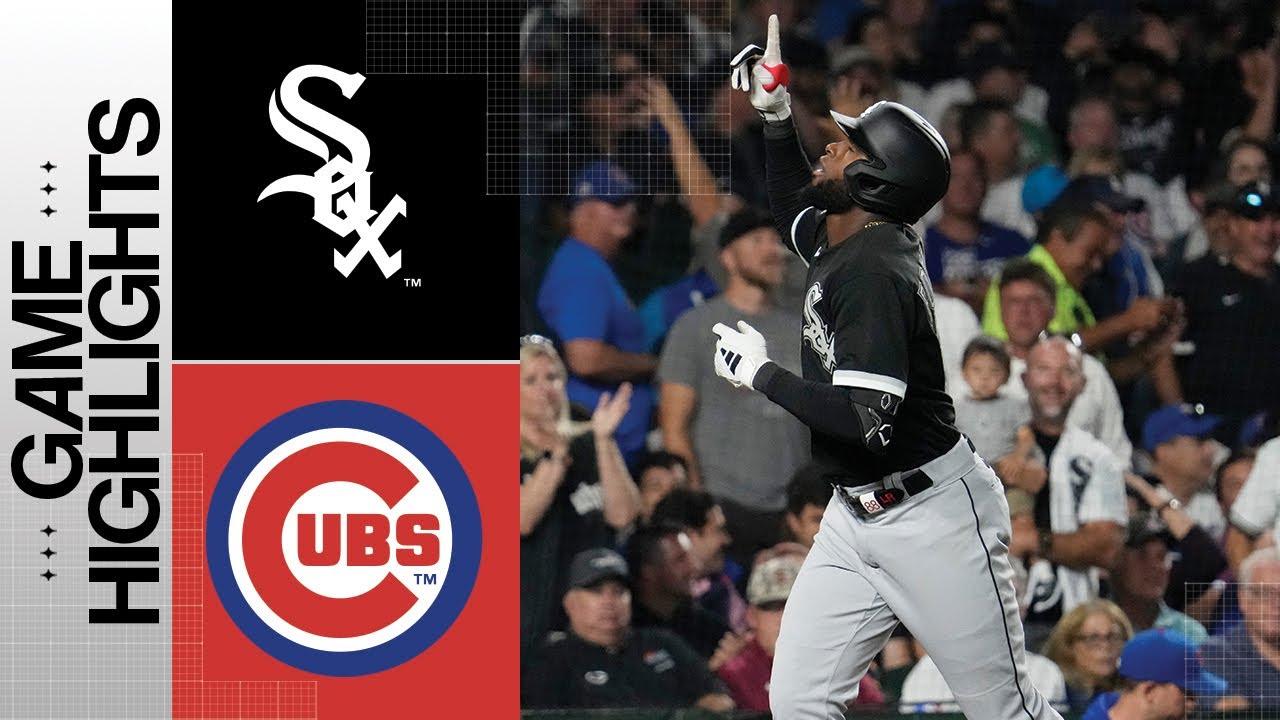
Compromise and Coexistence
The heated rivalry between the NL and AL resulted in disagreements over player salaries and market regions. In 1903, the two leagues signed the National Agreement to settle these disagreements and stabilize professional baseball. This agreement confirmed both leagues’ coexistence under MLB and created interleague cooperation. This agreement was why the World Series annual tournament started, which league winners would complete.
Team Dynamics and Rivalries
The “Crosstown Classic” or “Crosstown Series,” between the Cubs and White Sox, defines Chicago’s baseball culture. Except for exhibition games in the 1906 World Series, when the White Sox beat the Cubs, these clubs seldom clashed until 1997. Since 1997, the two teams have played annually, increasing their rivalry and delighting local fans.
Chicago’s geography and economy shape its baseball fanbase. The Cubs are connected with the North Side, which is known for its economic prosperity and Wrigley Field. This relationship has generated a fan base often seen as more wealthy and suburban. However, the White Sox are associated with the South Side, known for its working-class background. This difference generates a feeling of community pride and identity, resulting in friendly but strong competition among supporters of both teams.
Challenges and Benefits of Having Two Teams
Chicago has two baseball teams, which have benefits and challenges:
Challenges
The Cubs and White Sox compete for publicity, sponsorships, and fan expenditure in Chicago. This competition can dilute market share and hinder citywide fanbase building. Low attendance, especially during dismal seasons, has hurt income and morale for both clubs.
Benefits
Two MLB clubs boost Chicago’s sports culture and attract tourists. This presence boosts game-day spending, employment, and local business patronage. The teams boost Chicago’s national and international prominence through city branding.
Comparisons to Other Two-Team Cities
New York City: Yankees and Mets.
New York has MLB’s Yankees and Mets. The Yankees, formed in 1901, play in the AL, while the Mets, founded in 1962, play in the NL. Thanks to this clear league difference, both teams have built large fan groups across the city’s boroughs.
Los Angeles: Dodgers and Angels.
The Dodgers and Angels play in Los Angeles. Unlike the other 2 city MLB teams, they are technically not from the same town. In 1958, the Brooklyn-founded Dodgers moved to Los Angeles and started playing there. Since then, they have won eight World Series. The Angels moved to Anaheim’s Angel Stadium in 1966 from Dodger Stadium. They won their only World Series in 2002.
Unique Aspects of Chicago.
Chicago’s two baseball clubs are geographically and culturally divided. The North Side-based Chicago Cubs are linked with Wrigley Field and rich fans. In contrast, the South Side Chicago White Sox are associated with working-class values and Guaranteed Rate Field.
Conclusion
Chicago’s two-team baseball status stems from its rich history, diversified culture, and economic power. The Chicago Cubs and White Sox’s unique sports rivalry has boosted the city’s identity and given fans different experiences. This dual-team dynamic has helped Chicago become a sports magnet, boosting its economy and culture. The city’s longstanding support for both clubs shows its love of baseball, assuring its future success.
Capturing games from multiple angles can truly showcase the rich history and rivalry of Chicago’s MLB teams. Using a reliable wireless video transmitter, your sports production crew can broadcast seamlessly from anywhere on the field, enhancing the storytelling and viewer experience.













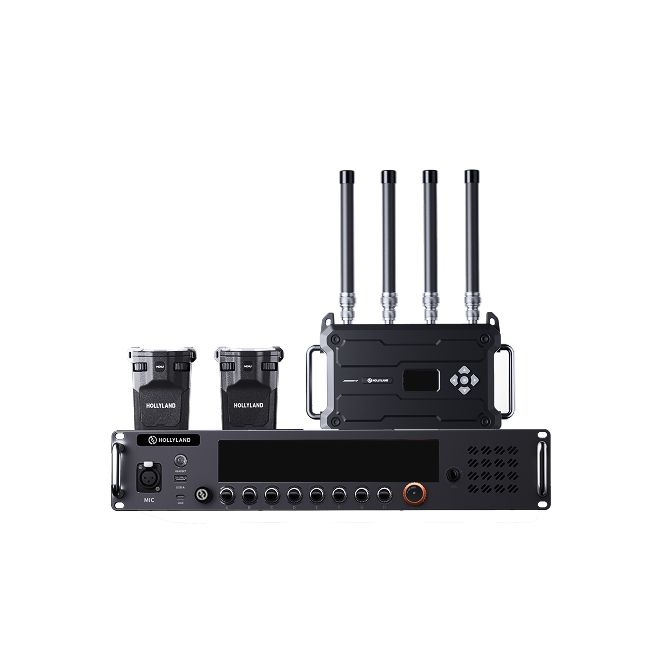



















.png)




